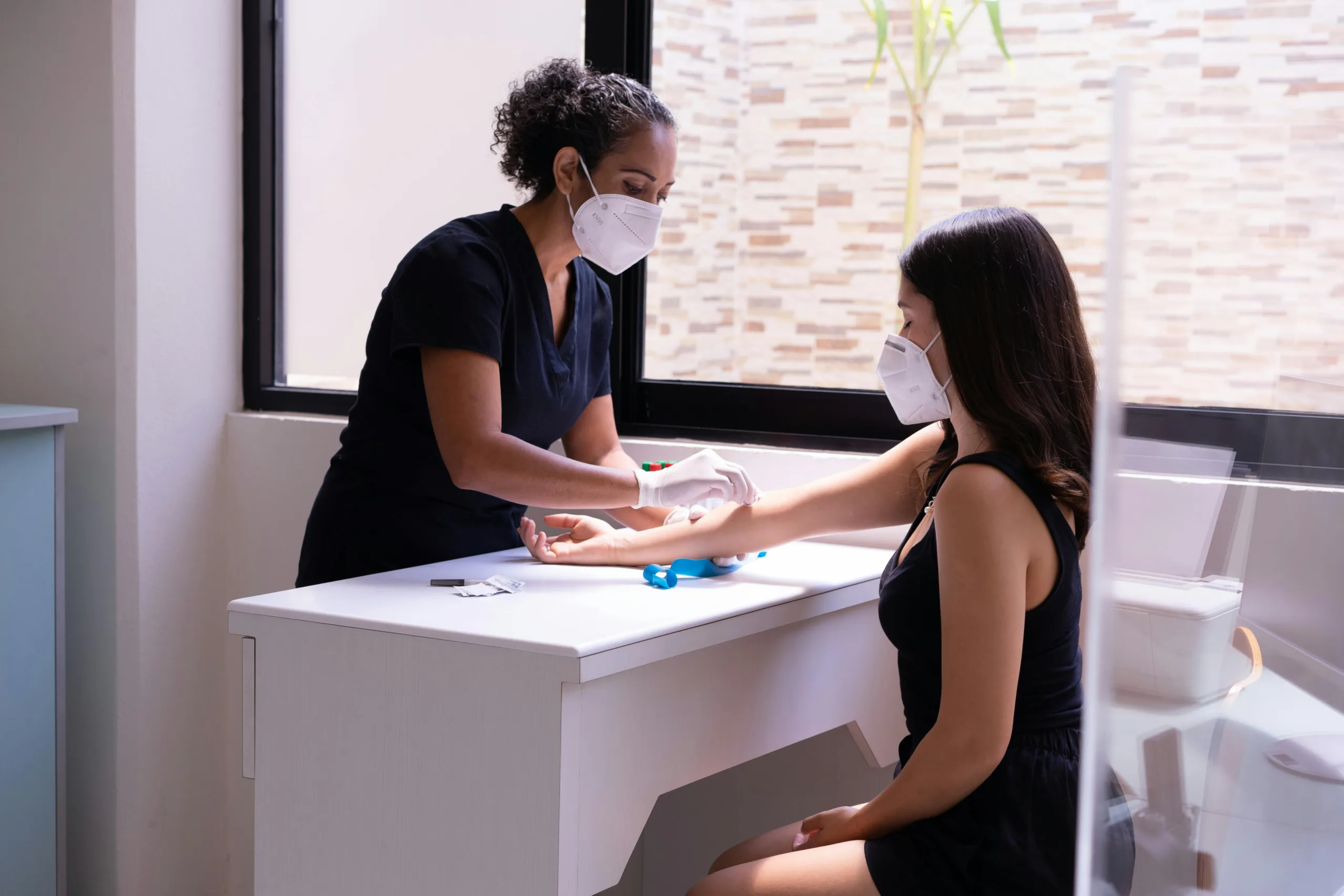The EPA published a final rule this year requiring EtO sterilization facilities to significantly reduce EtO emissions. Since EtO sterilization is used for approximately 50% of sterile medical devices (estimated at over 20 billion devices sold in the U.S every year) [1], this rule has implications for both sterilization facilities and medical device manufacturers.
Summary of Final Rule
The EPA final rule published April 5, 2024, requires EtO sterilization facilities to reduce the amount of EtO emissions by over 90% within the next 2 to 3 years. The EPA documents indicate there are approximately 90 existing commercial sterilization facilities in the United States owned and operated by approximately 50 companies impacted by this final rule. Currently, it is estimated that approximately 10% of facilities already meet the final rule’s emission standards.
Impact on Sterilization Facilities and Manufacturers
The implications of this rule are far-reaching. US-based sterilization facilities must install new equipment and possibly reconfigure their operations to comply. This will likely result in increased costs and reduced sterilization capacity, affecting the availability of sterilization services for medical device manufacturers.
Manufacturers, on the other hand, may need to:
- Revalidate their sterilization processes
- Identify additional EtO sterilization facilities to ensure their operations are not disrupted
- Consider alternative sterilization methods
- Perform additional packaging and device testing
- Notify regulatory bodies about these changes
*** 🎟️ Join RQM+ on July 18th for the panel discussion, Beyond EtO: New EPA Regulations and Sterilization Alternatives. Secure your spot here. ***
Alternatives to EtO
EtO’s popularity and widespread use is primarily attributed to its efficacy in sterilizing larger volumes of devices that are sensitive to heat and moisture, such as devices containing plastic. While alternative methods are available, these are not as well established and/or have limitations, such as material incompatibility and scalability issues. Radiation is a common sterilization method that can handle large volumes of devices, but it is not suitable for all device materials. While the FDA recently announced that Vaporized Hydrogen Peroxide (VHP) is now considered an established Category A sterilization method [2] and ISO 22441:2022 is listed a recognized consensus standard by the FDA [3], it is not necessarily a one-to-one replacement for EtO because it is a vapor and not a gas. This means that the vapor does not have the same penetration capabilities as a gas, and it is incompatible with cellulose-based materials and highly absorbent materials (e.g. devices cannot be boxed in commonly used cardboard cartons whilst being sterilized). The VHP process does not currently have a comparable throughput when compared with EtO, in part because it uses smaller chambers. Other alternatives include chlorine dioxide, nitrogen dioxide, and steam.
What Should Device Manufacturers Do?
Manufacturers who are currently using EtO need to consider identifying multiple sterilization facilities and “softening” the EtO cycle. From a risk-based supply-chain management perspective, validating EtO at other facilities will mitigate the risks associated with facilities getting shut down and inadequate volume. Softening the EtO cycle would reduce the EtO residuals and may not require retesting of devices or packaging since the original testing may be considered a worst case.
Manufacturers developing new devices should consider looking at alternative sterilization methods as described above. Radiation should be the first option to consider but it may not be appropriate due to material incompatibility. Vaporized Hydrogen Peroxide (VHP) seems to be the next best choice but may not be suitable for higher volumes.
To help navigate these changes, RQM+ is hosting a panel discussion on July 18th. This session will provide a comprehensive analysis of the new EPA rule and offer actionable strategies for compliance and exploration of alternative sterilization methods. You can ask your own questions, too.
Key Topics:
- Impact Assessment: Detailed insights into how the new EPA rule affects EtO sterilization facilities and medical device manufacturers.
- Compliance Strategies: Practical guidance on adjusting EtO cycles, setting up new EtO sites and identifying alternatives.
- Alternative Sterilization Methods: An overview of viable alternatives, including their pros and cons and validation processes.
- Industry Perspectives: Overview of what we are hearing from industry stakeholders and examples of how companies are adapting to these changes.
Why Attend?
This panel discussion is ideal for regulatory affairs professionals, quality engineers, manufacturing leaders, and medical device manufacturers who rely on EtO sterilization or are considering alternative methods. Attendees will gain:
- A clear understanding of the new EtO regulations impacting the US-based facilities.
- Practical steps to take as a result of these new regulations.
- Insights into alternative sterilization methods and their implementation.
- Strategies to ensure your products remain safe and market-ready.
[1] FDA News Release. FDA Facilitates Broader Adoption of Vaporized Hydrogen Peroxide for Medical Device Sterilization. Agency Continues to Encourage Ethylene Oxide Sterilization Alternatives (8th Jan 2024) https://www.fda.gov/news-events/press-announcements/fda-facilitates-broader-adoption-vaporized-hydrogen-peroxide-medical-device-sterilization
[2] Submission and Review of Sterility Information in Premarket Notification (510(k)) Submissions for Devices Labeled as Sterile (8th Jan 2024) https://www.fda.gov/media/74445/download?attachment
[3] ISO 22441:2022, First edition; Sterilization of health care products – Low temperature vaporized hydrogen peroxide – Requirements for the development, validation and routine control of a sterilization process for medical devices (FR Recognition List 060, 29th May 2023) https://www.accessdata.fda.gov/scripts/cdrh/cfdocs/cfstandards/detail.cfm?standard__identification_no=4429
